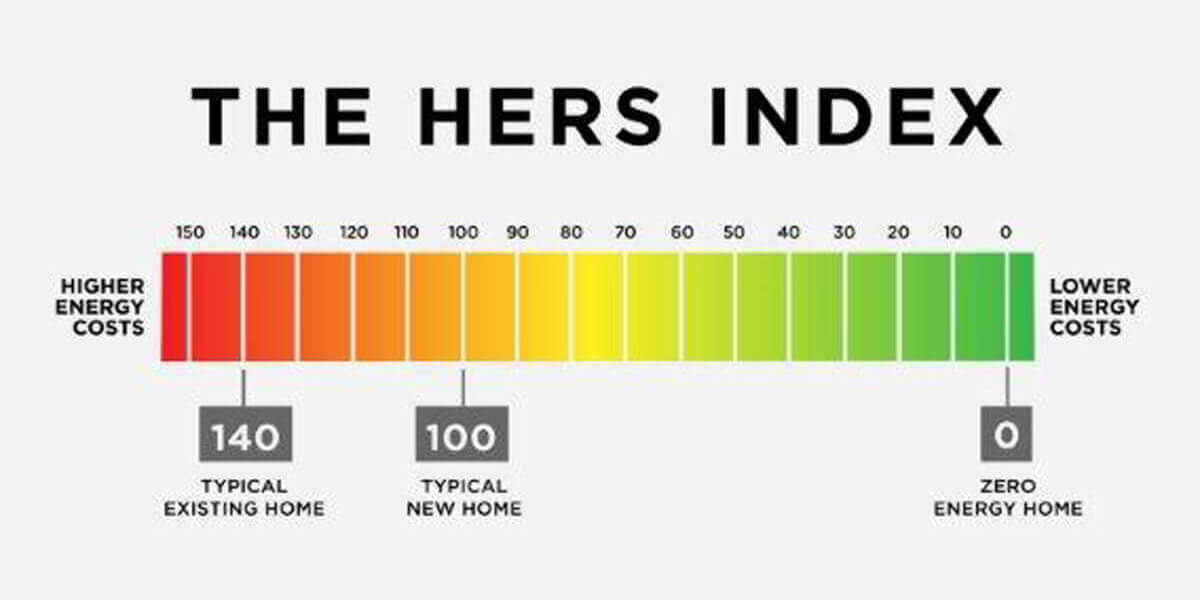It’s time for you to insulate. You want to save money, energy, and control your comfort—but which insulation type offers the best of all of these goals? Spray foam has a pretty high R-value that will protect you from the outside weather, but homeowners are finding spray foam insulation to be detrimental to their home. There are increasing reports about open-cell spray foam insulation taking its toll on roofs—the insulation traps moisture and rots roofs. While this does not happen to every home, is it worth the risk?
Studies show that open-cell spray foam is risky in colder climates. Indoor moisture diffuses through the foam and comes in contact with the cold roof sheathing. The spray foam traps the moisture against the roof, which results in eventual decay. New England building codes require a vapor retarder for any home to install open-cell spray foam in an attempt to prevent roof rot. The insulation alone is not good enough—homeowners must combine this open-cell foam with a vapor retarder. With loose-fill cellulose insulation, the material alone is enough to protect your home.
It is nearly impossible to prevent moisture from reaching our roofs in this climate. Whether the moisture comes from inside or outside, chances are some of the air will circulate moisture to your attic. Moisture that comes in direct contact with your roof comes from rain and dew that the sun does not absorb. If this rain or dew gets trapped in your attic, roof rot is nearly unavoidable. Another possibility is that the spray foam was not properly installed. Spray foam must be carefully installed—a single mistake can counter any benefits. When spray foam is installed correctly, it does not allow for air leakage. Therefore, no moisture will sneak into your attic. All too often, the contractor does not correctly install the foam. Small mistakes can cause major damage.
Another possible entrance for moisture into your attic is through your indoor moisture. Water is lighter than air. The overall volume of dry air has a molecular weight of about 29, while water’s molecular weight is only 18. For this reason, steam and other water vapor rises in your home, similar to the stack effect. Some of this moisture could end up in your attic if your home is not air sealed. Once it is in your attic, poorly installed open-cell spray foam can trap it there and wait for the rotting to begin.
Open-cell spray foam comes with many risks. The foam must be perfectly balanced and installed, and your home must be effectively air sealed. The amount of homes where this is not the case is simply not worth the risk. Loose-fill cellulose does not trap moisture against your roof sheathing. When the professionals install it, there is no going wrong. Experts are beginning to report that every attic with spray foam insulation should be a conditioned space. Spray foam installation is a complicated process with uncertain results. Cellulose installation is simple, and you can be sure that the job will be done right the first time. If you do not want to deal with roof rot, we have a simple solution: choose cellulose.















